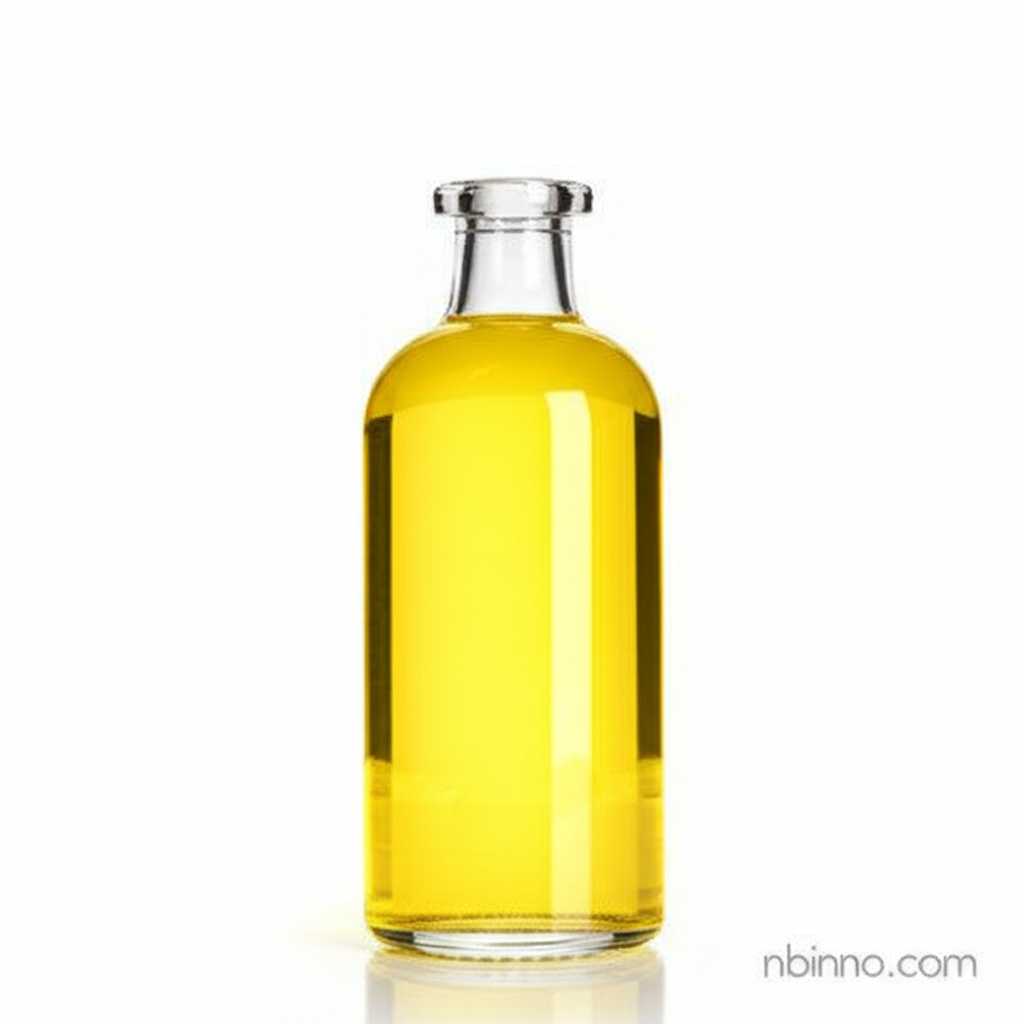Cinnamaldehyde: A Natural Compound with Diverse Applications
Explore the natural origins, chemical properties, and wide-ranging uses of Cinnamaldehyde in food, fragrance, and medicine.
Get a Quote & SampleProduct Core Value

Cinnamaldehyde
Cinnamaldehyde (CA), the principal component of cinnamon bark oil, is a naturally occurring phenylpropanoid prized for its distinctive flavor and aroma. Beyond its culinary and perfumery uses, CA is recognized for its significant therapeutic potential, particularly its anticancer properties and various medicinal applications.
- Discover the biosynthesis of cinnamaldehyde from phenylalanine, a key step in plant natural product pathways.
- Explore the chemical properties of cinnamaldehyde, including its structure, solubility, and stability.
- Learn about its use as a food flavoring and a crucial ingredient in various fragrances due to its warm, spicy scent.
- Investigate the therapeutic potential of cinnamaldehyde, focusing on its role in anticancer treatments and other health benefits.
Key Advantages
Natural Origin and Safety
Derived from natural sources like cinnamon bark, Cinnamaldehyde boasts a favorable safety profile, being non-carcinogenic and having low toxicity, making it suitable for widespread use.
Broad Spectrum Antimicrobial Activity
Cinnamaldehyde exhibits notable antibacterial and antifungal properties, contributing to its use in various applications, including as a food preservative and in personal care products.
Emerging Anticancer Agent
Research into the anticancer properties of cinnamaldehyde reveals its ability to inhibit cell proliferation, induce apoptosis, and combat various cancer types, highlighting its significant therapeutic promise.
Key Applications
Flavor and Fragrance Industry
Cinnamaldehyde is a cornerstone in the flavor and fragrance sectors, imparting a characteristic warm, spicy, and sweet profile to confections, beverages, perfumes, and personal care items.
Pharmaceutical and Medicinal Use
Its diverse pharmacological activities, including anti-inflammatory, antioxidant, and anticancer effects, make it a subject of intense research for novel drug development and therapeutic strategies.
Agrochemical Applications
Cinnamaldehyde is recognized for its potential as a safe and effective insecticide, fungicide, and pesticide repellant, offering natural alternatives in agricultural pest management.
Anticancer Research
Studies exploring the cinnamaldehyde anticancer properties have shown its effectiveness against various cancers by inhibiting cell proliferation, arresting cell cycles, and inducing apoptosis, marking it as a promising natural chemopreventive agent.
Related Technical Articles & Resources
Why Choose Us?
Leverage our expertise and state-of-the-art infrastructure to accelerate your journey from discovery to commercial success.
Global Experience
With 20 years of R&D, manufacturing, and sales experience, we proudly serve clients across 60 countries and regions worldwide.
Advanced Facilities
Our in-house R&D laboratory, pilot platform, and large-scale production workshop are equipped to meet the audit requirements of global customers.
Seamless Scalability
We facilitate a perfect transition from small-scale lab requirements (grams) to full commercialization (hundreds of tons).
